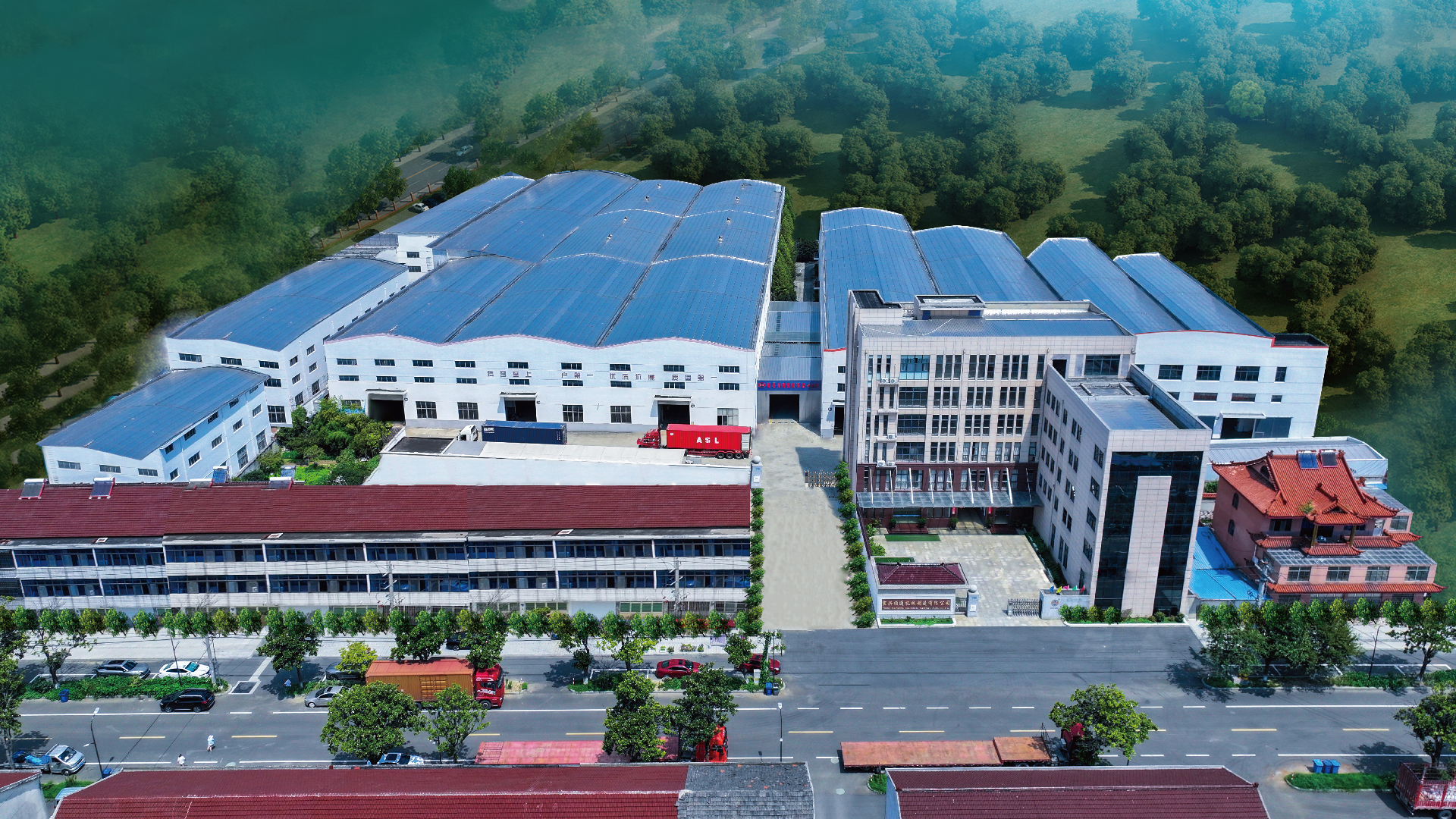Application Prospects of PET Monofilament Extrusion Line: Tapping into High-Performance Material Demand Across Industries
The textile and functional apparel industry will be a key driver of the bright application prospects for PET monofilament extrusion lines. PET monofilaments, produced by these lines, boast high tensile strength, wear resistance, and excellent dimensional stability—making them ideal for functional fabrics like quick-dry sportswear, outdoor tent fabrics, and anti-wrinkle home textiles. As consumer demand for durable, low-maintenance, and eco-friendly apparel grows (PET can be recycled from plastic bottles), the extrusion line’s ability to adjust monofilament fineness and texture will help manufacturers develop diversified products, from lightweight running shirts to heavy-duty outdoor jackets. Additionally, the rise of "sustainable fashion" policies is pushing brands to adopt recycled PET materials, and extrusion lines that support recycled PET input will gain a competitive edge in this market.
In industrial infrastructure and environmental protection sectors, PET monofilament extrusion lines are poised to meet surging demand for high-durability materials. PET monofilaments are widely used in geotextiles (for road reinforcement, soil erosion control, and landfill liners), industrial filter meshes (for wastewater treatment and air purification), and heavy-duty conveyor belts—all critical for global infrastructure expansion and environmental governance projects. Unlike traditional materials, PET monofilaments resist corrosion, UV radiation, and aging, ensuring long service life in harsh conditions. The extrusion line’s capacity for mass production and customization (e.g., adjusting filament thickness to match geotextile load-bearing requirements) aligns with the large-scale needs of construction and environmental projects, while government investments in green infrastructure will further boost its market potential here.
The high-end manufacturing and medical fields are creating new growth opportunities for PET monofilament extrusion lines. In automotive manufacturing, PET monofilaments are used in interior components like seat belts, door panel fabrics, and battery separator substrates—thanks to their heat resistance and lightweight properties that help reduce vehicle weight and improve energy efficiency. In electronics, they serve as insulation materials for wires and cables, where precision and chemical stability are essential. Even in medical devices, PET monofilaments are used in surgical sutures and medical mesh products (due to their biocompatibility and low irritation). These high-end scenarios demand ultra-precise control over monofilament diameter and strength, and PET monofilament extrusion lines—equipped with advanced temperature control and online quality inspection systems—can deliver consistent, compliant products, helping enterprises reduce reliance on imported high-performance monofilaments and enter high-value-added markets.

